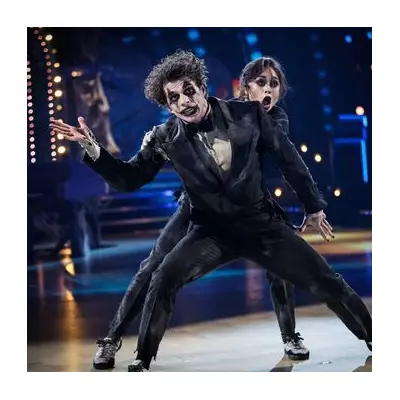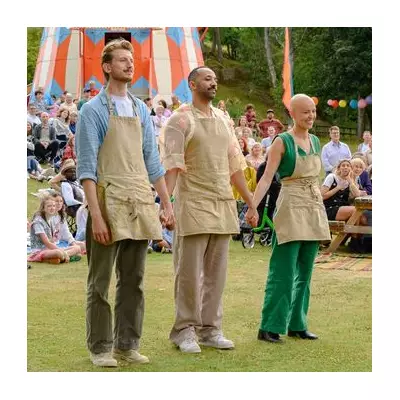
In the world of music, some of the best-kept secrets aren't about who's behind a mask, but about which superstar is using a completely different name to break all their own rules. Why would a global pop icon reinvent herself as a chain-smoking male mechanic from Sicily? That's exactly what Lady Gaga did in 2011 when she became Jo Calderone, proving even the biggest stars crave an escape from their public image.
Why Artists Create Secret Identities
Throughout music history, artists have adopted alter egos to explore genres far removed from their main work. From pop titans experimenting with metal to country legends embracing alternative rock, these secret identities allow for creative freedom without commercial pressure. Some acts, like The Cure performing as The Cranes for secret shows, used aliases to connect with fans in intimate settings away from the stadium spotlight.
Four Remarkable Musical Transformations
Dream Widow represents one of the most recent and fun examples that many music fans will recognise. The artist behind this death metal band is none other than Foo Fighters frontman Dave Grohl. In 2022, Grohl played every instrument on Dream Widow's self-titled EP, creating the fictional band for the Foo Fighters' horror comedy film Studio 666. This project finally allowed Grohl to record the metal album he'd always wanted to make, revealing a surprisingly brutal side to rock's nicest guy.
Mariachi El Bronx stands as one of the most visible and beloved alias projects of the 21st century. This mariachi ensemble is actually the high-concept alter ego of the aggressive Los Angeles punk band The Bronx. When performing as Mariachi El Bronx, the band completely abandons distortion and punk aggression for traditional horns, Spanish guitars, and sharp suits. They've released four albums under this name and toured globally, often performing as both bands on the same night - demonstrating true commitment to their musical split personality.
The Nightwatchman marked a profound shift when Tom Morello of Rage Against the Machine emerged with just an acoustic guitar and harmonica. This folk-protest singer persona allowed Morello to focus entirely on stripped-down, politically charged songwriting and storytelling. The project provided a crucial outlet for his activism outside of Rage's revolutionary heavy rock sound, showcasing a different side of his musical talent.
Buster Poindexter became a massive commercial success in the 1980s that completely overshadowed the artist's punk rock origins. The flamboyant, tuxedo-clad lounge singer is actually David Johansen, the gritty lead vocalist of pioneering punk band The New York Dolls. As Poindexter, Johansen scored his biggest hit with the inescapable single 'Hot Hot Hot', demonstrating how effectively an alter ego can transform public perception.
The Enduring Appeal of Musical Aliases
These transformations reveal more than just artistic experimentation - they demonstrate how even the most established musicians yearn to shed their public image and explore new creative territories. Whether it's Dave Grohl fulfilling his metal ambitions or David Johansen finding commercial success far from his punk roots, alter egos continue to provide vital creative outlets across the music industry. The tradition shows no signs of fading, with new generations of artists discovering the freedom that comes with a secret identity.





